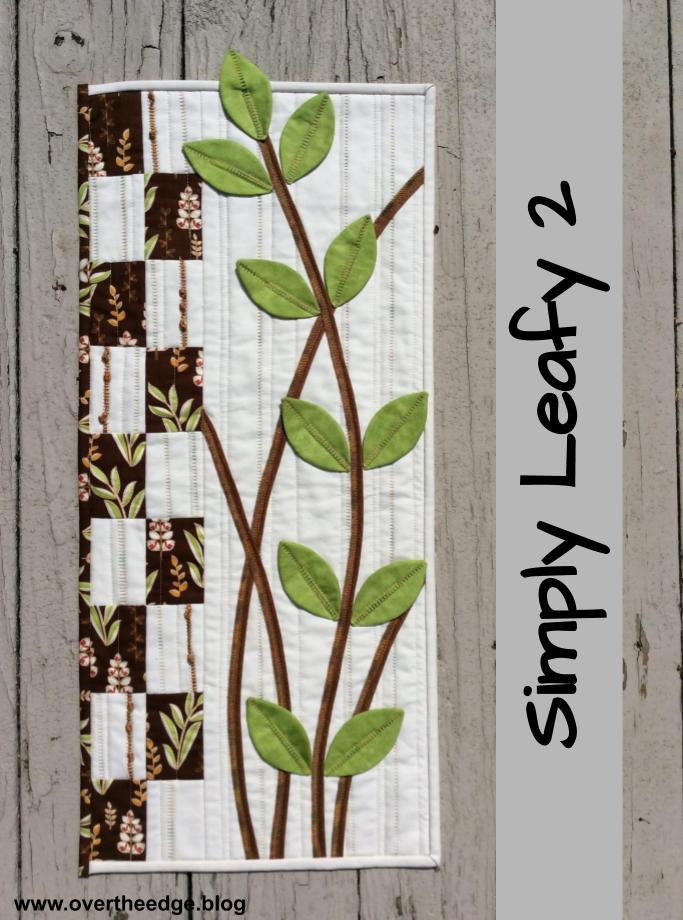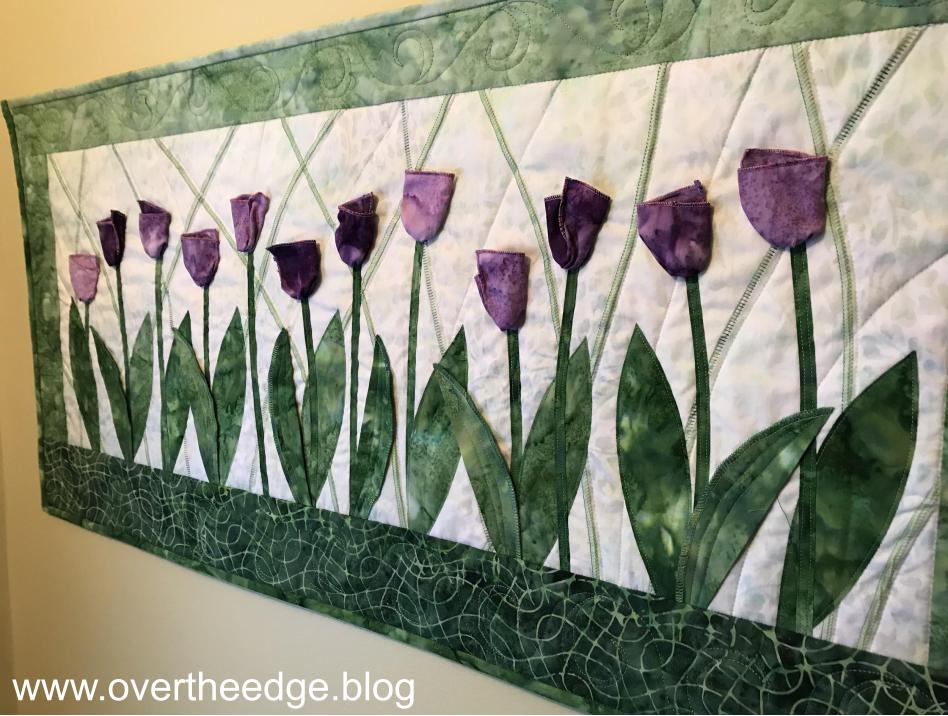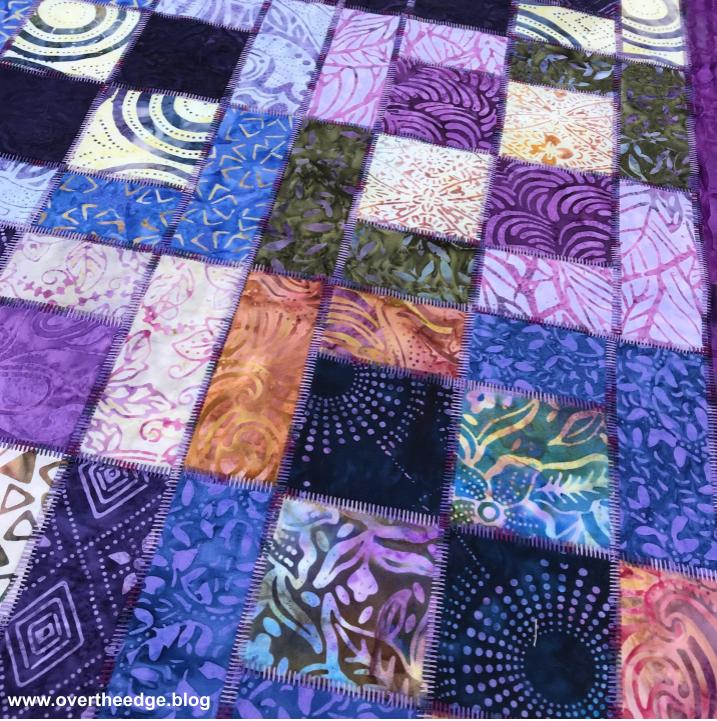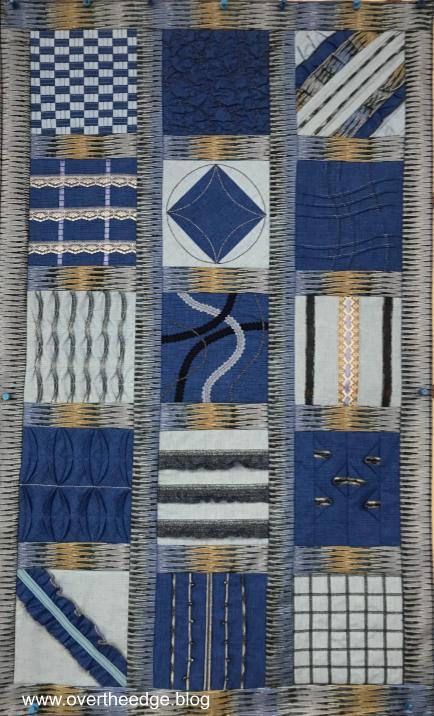One Seam Flying Geese with a Serger
Since March is National Quilting Month, I thought it fitting to share the latest serger quilting technique that I have been experimenting with – one seam flying geese with a serger.
While I was surfing the internet I came across an interesting YouTube video of Jenny Doan from Missouri Star Quilt Company. She was showing how to create a one seam flying geese block using a sewing machine. I immediately decided that the serger would be a great tool to use for this technique. I couldn’t find any internet resources about using a serger to make a one seam flying geese block. So maybe I am the first person to try it with a serger? Probably not, but it appears I am the first person to blog about it…..
One Seam Flying Geese with a Serger
The one seam flying geese block is a three dimensional block. The block is made from a rectangle and two squares and has just one seam. Each geese block/unit is twice as wide as it is tall. The angled sides (or wings) of the geese are folds in the fabric. This method has no lines to mark, no subcutting, and makes perfect points. How easy is that?!
Pros and Cons of the One Seam Flying Geese Block
Pros
- Accurate
- Fast
- No markings or paper to remove
- No bias edges
- 3D adds texture
- Very little waste
Cons
- May need or want to stitch down the wings of the three dimensional geese
- Some seams are a little thicker due to the folded fabric
Jen’s Experiment with Serged Flying Geese
I pulled a charm pack from my stash. The charm pack was from Boundless Fabrics and called Dutch Garden III. The blues and yellows were so fresh and cheerful compared to our dreary February weather! With a few simple cuts and a little serging, I quickly transformed the 42 squares in my charm pack into 42 flying geese units. Chain piecing the blocks on my serger was quick and easy. I found making them kind of addictive – I just wanted to keep making them!
With a little fabric manipulation, pressing and trimming, I transformed all of the blocks into one seam flying geese.
I Have a Bunch of Flying Geese – Now What?
Most people begin with a pattern when they create a quilt. Sometimes I do too. But not this time. I serged all these geese without a plan for what to do with them. I simply laid out all the blocks and moved them around until I liked the arrangement. These geese decided to become a table runner.
Sashing and Borders
I serged the geese blocks together in groups of two and added sashings and borders.
The Results of my Experiment
From the front side you might think the table runner was sewn with a sewing machine. But from the back side you can see all the neat and tidy serged seams.
My one seam flying geese blocks became my cheerful Spring Migration Table Runner!
The One Seam Flying Geese Block with a Serger
Would you like to try the one seam flying geese block technique with a serger? I thought you might so I created a tutorial just for you! Click the link below to go straight to the tutorial: – https://overtheedge.blog/tutorials/serged-one-seam-flying-geese-block-tutorial/


Resources
Serged One Seam Flying Geese Block Tutorial: https://overtheedge.blog/tutorials/serged-one-seam-flying-geese-block-tutorial/
Tips for Quilting with a Serger: https://overtheedge.blog/tutorials/forty-two-ten-by-jen-serger-quilt-tutorial/
Jenny Doan’s Make a One Seam Flying Geese Quilt Video – https://youtu.be/15Cblb8J6i0
































